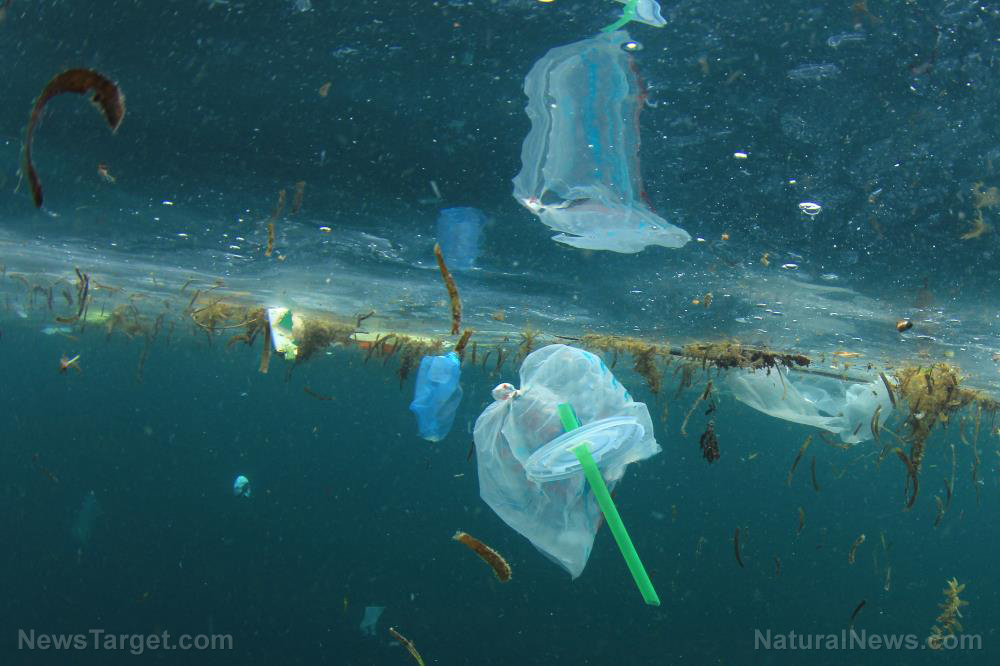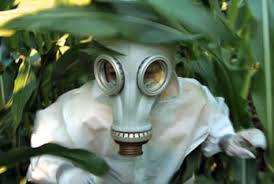Mediterranean waters filled with microplastics from foam and fishing gear
07/22/2019 / By Stephanie Diaz

Polyethylene, polypropylene, and polystyrene make up most of the microplastics in the Mediterranean coastal waters, suggests new research. The study, published in the journal Marine Pollution Bulletin, found concentrations as much as 500,000 microplastics per square kilometer in certain areas of the Mediterranean coast.
Researchers from the University of Barcelona also found other types of microplastics, such as nylon polymers, polyurethane (PUR), polyethylene terephthalate (PET), ethylene-vinyl acetate (EVA), polyvinyl chloride (PVC), acrylonitrile butadiene styrene (ABS) and fluorocarbon polymer. Interestingly, they also found particles of ship painting; this marks the first time plastic materials with marine origins are studied in the Mediterranean basin.
The plastics come in all shapes and sizes: Cylinders and small spheres, polyester and plastic foam, filaments from fishing gears, and various pieces of plastic from varied chemical compositions were collected and analyzed by the researchers. About 2,500 samples were studied. The team then identified the most common microplastic pollutants, namely, polyethylene (54.5 percent), polypropylene (16.5 percent) and polyester (9.7 percent).
The microplastics “are round-shaped, and small – about a millimeter – and light-weighted,” according to first author William de Haan.
While previous scientific studies on microplastics in the sea could not prove how long these plastics can stay in the marine ecosystems, Haan and his team may have an answer. The state in which the researchers found the plastics, he added, “suggest[s] a state of advanced deterioration and therefore, a long permanence in the marine environment.”

The study found that the peninsular coast has an average of 100,000 microplastics per square kilometer (mp/km2). However, they also identified areas that have as much as 500,000 mp/km2. These results are consistent with similar studies done on other parts in the Mediterranean.
Where do they go?
The researchers have some idea of where the microplastics come from. The authors noted that their composition and color, as well as differences in concentration, showed different origins and volumes, depending on which coastal area was analyzed. Where these microplastics will go is a more difficult question to answer.
“Size and physical and chemical properties, as well as the conditions of the marine environment, determine the destination of microplastics in water,” explained Anne Sanchez-Vidal, a co-author of the study. “Density of the plastic material is a determining factor regarding big fragments. When talking of a microplastic, dynamics are more complex. Also, [the] density of marine water varies due [to] several factors –temperature, salinity, geographical position, depth – and it affects directly the buoyancy of the microplastics.”
But not all microplastics relocate; researchers discovered some integration of microplastics into the marine environment – 40 percent of the microplastics in terms of quantity and 25 percent in terms of mass formed marine aggregates.
“Around 66 percent of the microplastics we found in marine aggregates – polyethylene, polypropylene and expanded polystyrene – are low-density microplastics in the sea,” she added. “This hypothesis could explain the presence of low-density microplastics in big marine depths worldwide, and why the abundance of plastics floating in the surface of the ocean is lower than expected.”
It’s still worth noting that microplastics are also dangerous to marine fauna. They can be eaten by marine organisms, which may introduce toxic compounds to sea-dwellers when ingested. The dispersal of microplastics via marine currents can also cause invasive species and pathogenic organisms to spread. (Related: Microplastic pollution is the REAL threat to our oceans, warn scientists.)
Sources include:
Submit a correction >>
Tagged Under:
This article may contain statements that reflect the opinion of the author





















